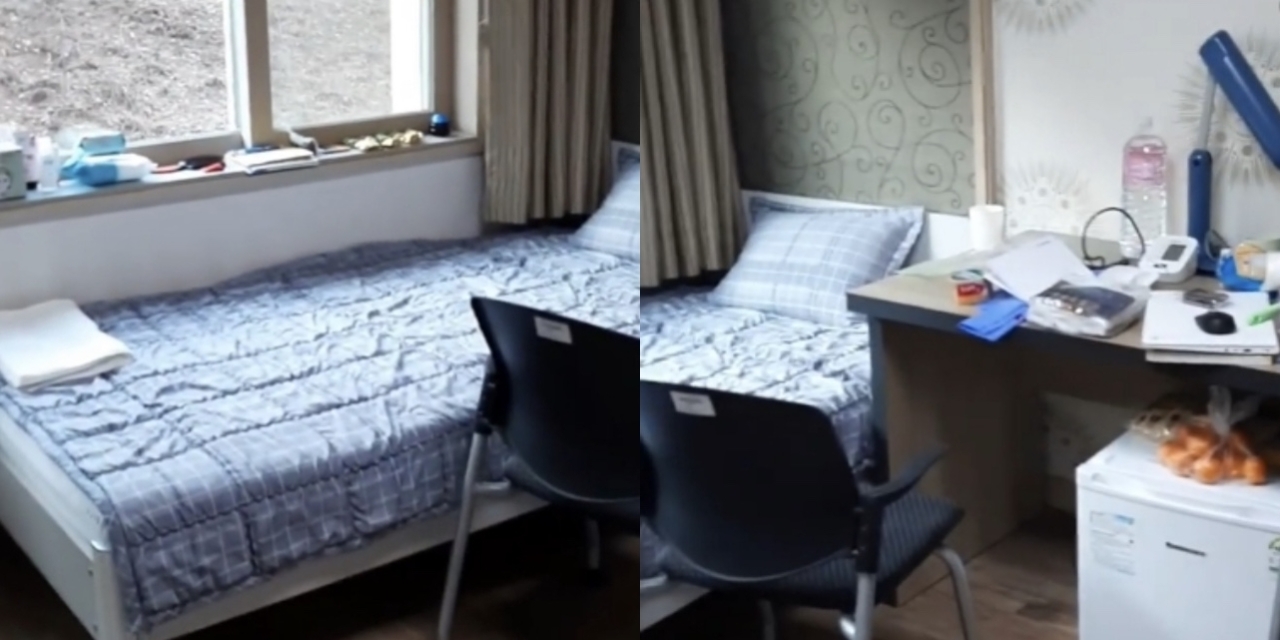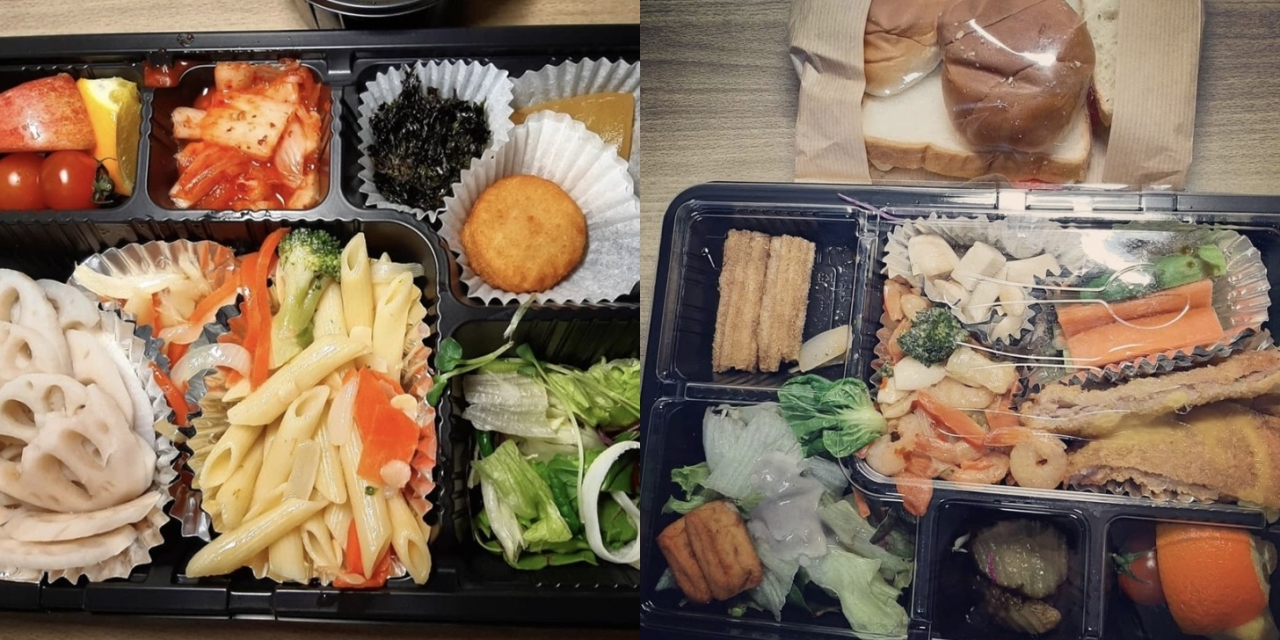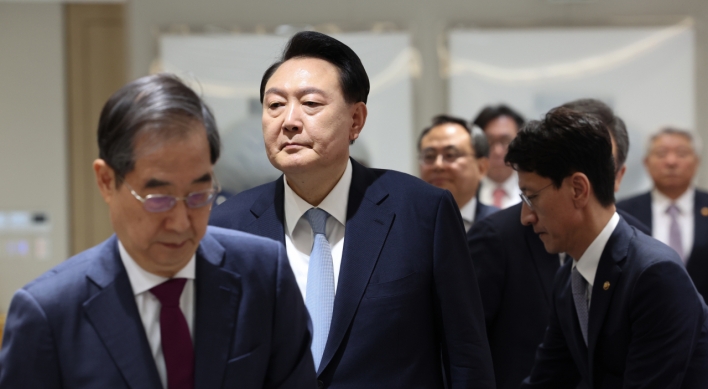[Herald Interview] When your whole family gets COVID-19
Gimpo family is Korea’s ‘first known community spread of variant virus’
By Kim ArinPublished : April 20, 2021 - 18:19

A family of four in Gimpo, Gyeonggi Province, all came down with COVID-19 in late February, two of them with a foreign “variant of concern” that was still scarce in South Korea at the time. They were “presumptively the first community spread of the variant of COVID-19” in the country, and the “first untraceable variant cases.”
The mother in her late 40s was the first in the family to test positive for the disease on Feb. 22, on the final day of her home quarantine after a three-day visit to her parents in the US. The next day her husband and two young children were tested. They all came back positive.
“I never suspected coronavirus. I thought it was just jet lag or a stomach virus or something. I didn’t have fever or any respiratory symptoms,” she said in a phone interview with The Korea Herald on Friday. She said the positive test result took her by surprise.
She was negative in a series of four tests she was given before and after her US trip, all of them the highly accurate PCR tests except for one rapid kit. But that was one she took right before departing Incheon Airport.
She admitted that, in retrospect, she had not been able to “completely physically separate” herself from her children all throughout her post-travel quarantine, despite her efforts to stay more or less confined to one room. The quarantine hotel is only for short-term travelers who do not have a residence here.
“I flew back in time for my son’s birthday. I went to get tested the day after my arrival and that one was negative,” she said. She felt safe because she wore face masks, avoided crowds and followed other precautions whenever she could.
First responders came to pick them up in a contagion-proof ambulance. The family members were to be accommodated at different facilities due to bed availability issues. The mother would be housed together with her 9-year-old daughter at a treatment center in Ansan, while the father and 14-year-old son would be at another one in Paju, both in Gyeonggi Province.
But soon, her husband, who is in his early 50s, had to be relocated again when his chest scans showed pneumonia. The centers, which are nonhospital facilities, cater only to patients with mild cases.
“My husband was the sickest. So they put him in the hospital, and my son had to stay by himself for over 10 days,” she said. She said it was strange as he did not appear to be so sick, and all of the family had been classified as having mild cases initially. Thankfully, she and the kids were fine -- almost symptomless.

That was when medics discovered that her husband had contracted the variant discovered in South Africa as well as a history of infection with the original strain of the virus. After his new diagnosis, he was moved from the four-bed ward to a single room.
The other family members were examined again, and the youngest was found to have been infected by the variant too -- just a day before she was set for release alongside her mother on the 11th day of isolation. She was taken to the Paju hospital to stay with her father, since they both had the same variant.
“I thought we probably caught it from my wife, since she had recently traveled. But she had the standard virus. It was my daughter and I who had the variant,” the husband said in a phone call.
Contact tracers were unable to explain to them how this happened.
The variant first identified in South Africa is known to be more contagious. And yet out of the whole family, only two had contracted it. They still cannot tell where any of the family could have contracted the virus -- much less the then-rare variant that did not have a record of circulating in the community at the time.
He said he had practiced social distancing “almost religiously.” Where he worked, COVID-19 rules were stringent. Partitions were set up in the office space, the cafeteria and the common room. People rarely mingled without face masks on.
There was a time he was briefly ill with a headache and took two days off, per the safety guidelines, about a week before he was diagnosed. But he recovered quickly, he said. Over a hundred co-workers that were tested all returned negative results. So he probably didn’t get it from work and he did not give it to anyone, either.
He said his best guess was the subway. “I ride the subway daily to commute. That’s the only place where I can’t socially distance.”
He and his daughter together spent 39 days in isolation -- long after his wife and son were discharged after less than two weeks.
“That was the protocol for when you have the variant. You have to test negative twice in a row in tests conducted 24 hours apart,” he said. For people with the regular virus, the rules were laxer.
His test returned negative around the third week, but it took a lot longer for his daughter to test negative, and he had to stay as her guardian. When he was no longer a patient, he had to pay for his meals, at a cost of about 10,000 won ($9) a day. He was also asked to wear protective gear around her.
“It was hard being stuck in there, and not knowing when we could get out,” he said. The doctors gave her about a dozen PCR tests, ran blood tests and took chest X-rays. She was OK except for the tests that kept returning positive. It wasn’t until April 3 that they could be discharged.
Looking back, he said more than anything he was grateful. “We’ve gotten such good care, and for that we are thankful,” he said.
“The room they gave us was quite spacious, big enough to fit four beds. And we were given literally everything we could have needed from bath products to groceries. Food was served in meal boxes, which were decent, and they would pick up food deliveries and run errands for us,” he said.
All of the medical costs were covered by the state insurance scheme.
He said he wished he could thank the hospital staff who took care of them -- with whom they had interacted daily and yet whose faces he had not seen, as they were covered under hazmat suits.
Returning to the daily routine after COVID-19 was not hard for his family, he said. His wife worked remotely, and the schools his kids went to were doing virtual classes for a month by the time they were out. After two negative tests, he was welcomed back at work.
One thing that still bothers the man and his wife to this day are “olfactory hallucinations” -- a phenomenon that did not affect the kids. They would smell smoke when nothing was burning in the room. Aside from that, they were doing well.
“My family is thankful for all the help we’ve gotten, and just happy that we’re all okay now,” he said.
By Kim Arin (arin@heraldcorp.com)








![[KH Explains] How should Korea adjust its trade defenses against Chinese EVs?](http://res.heraldm.com/phpwas/restmb_idxmake.php?idx=644&simg=/content/image/2024/04/15/20240415050562_0.jpg&u=20240415144419)











![[Today’s K-pop] Stray Kids to return soon: report](http://res.heraldm.com/phpwas/restmb_idxmake.php?idx=642&simg=/content/image/2024/04/16/20240416050713_0.jpg&u=)